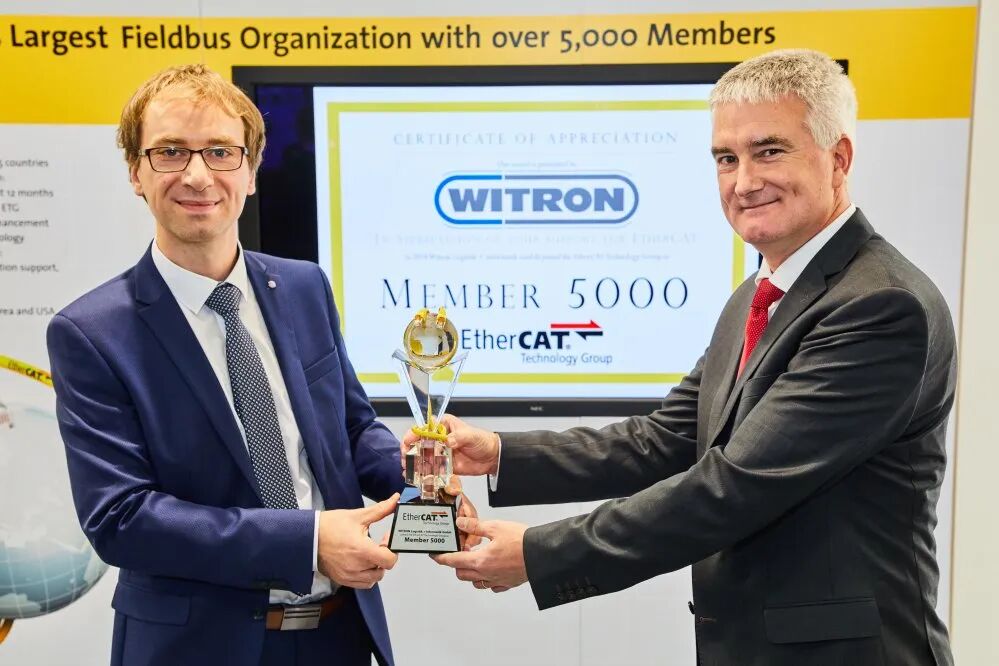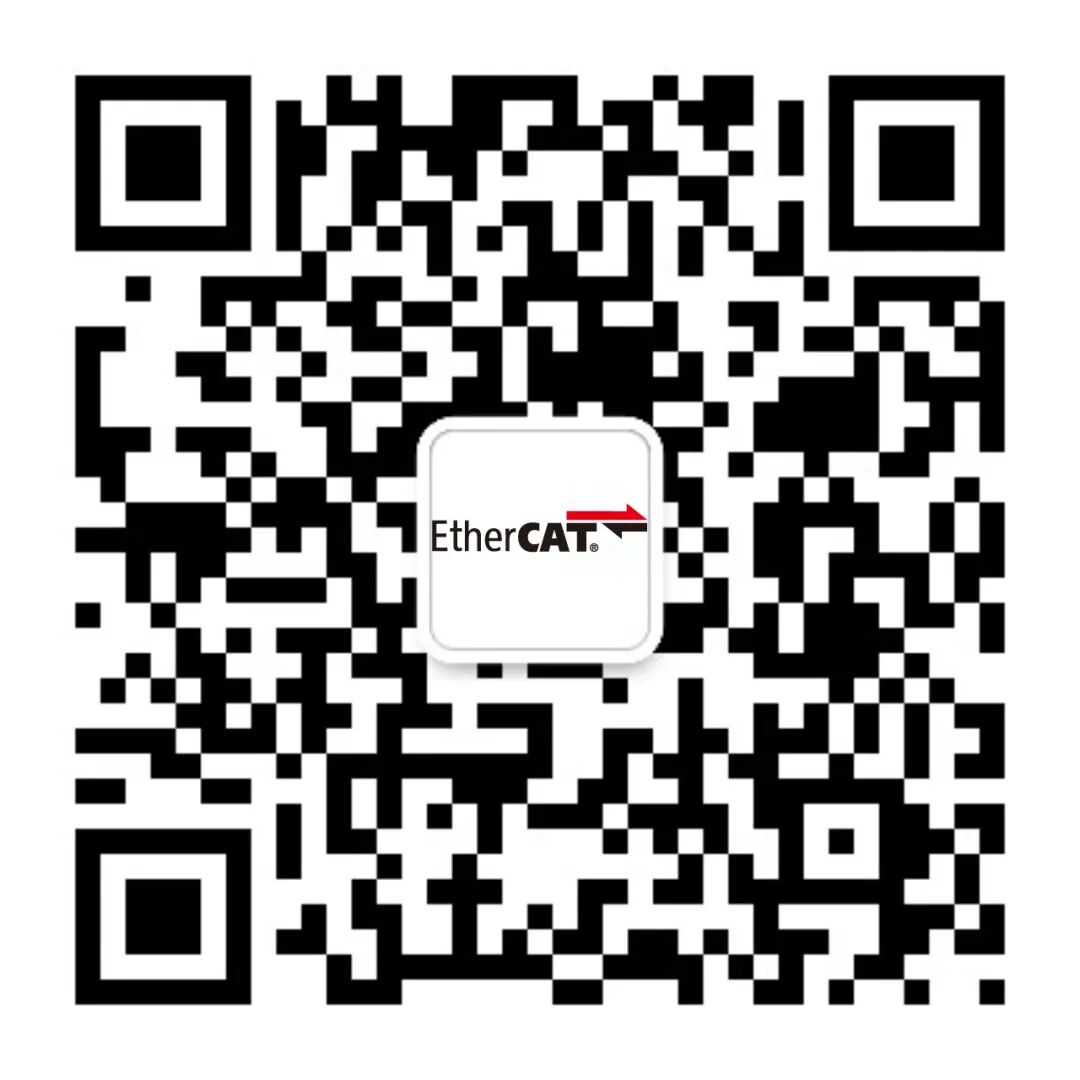In today’s and future intelligent distribution centers, flexible topology, automatic addressing, and inherent network security are justsome of the advantages of EtherCAT.
Internal logistics is a stronghold for EtherCAT: in any other industry, the unique selling points of this technology have almost no such advantage. Due to its unique operating principle, EtherCAT offers many special features that other industrial Ethernet technologies or traditional fieldbus systems cannot provide.
We start the discussion with the topology. For conveyor systems, flip sorting machines, and stacker cranes (SRM), linear topology is the ideal choice. Since EtherCAT is not based on switches, there are no issues with adopting linear topology. I have seen some material handling systems that required dozens of Ethernet cables to connect to a central switch in the control cabinet to avoid cascading switches. However, with EtherCAT, only one cable is sufficient. EtherCAT is not limited to linear topology; it also supports branching, tree, star topologies, as well as segment hot-plugging and even cable redundancy—using standard devices without the need for specialized cable redundancy equipment. Therefore, the topology of EtherCAT follows the needs of practical applications rather than the other way around. This also applies to the number of nodes: within a segment, EtherCAT can handle up to 65,535 nodes, with a distance of up to 100m between two nodes on copper cables, and up to 20km on fiber optics. Of course, switching between physical layer options can occur multiple times.
Secondly, there is its ease of use: there is no need to deal with MAC addresses or IP addresses, configure switches or routers, or seek help from the IT department. EtherCAT automatically assigns node addresses and ensures there are no address overlaps. Configuring and double-checking IP addresses in large industrial Ethernet networks can take days, while with EtherCAT, all of this can be done with a click of the mouse.
EtherCAT is known for its excellent performance; even in large networks, EtherCAT cycle times can match the performance of the fastest industrial controllers (such as PC-based systems), achieving extremely short response times. In many internal logistics applications, response time determines the system’s throughput. If the motion part responds faster, the motion speed will also be faster. In fields where next-day or same-day delivery is required, the performance of the equipment is crucial, and EtherCAT easily meets this challenge.
At the physical layer, EtherCAT is a point-to-point system: each node generates its own physical signal, so unlike traditional fieldbus systems, noise in an EtherCAT system does not propagate beyond the next node, making EtherCAT very robust. Additionally, its unique diagnostic capabilities go even further: EtherCAT can not only detect bit errors but also locate them, and it can even detect loose connectors and pinpoint their location. Therefore, if there is a problem at the physical layer, it can be quickly identified and resolved.

Most of the top 10 global material handling system suppliers rely on EtherCAT, half of which are ETG members.
*According to the 2019 ranking by Modern Materials Handling magazine.
Network information security is becoming increasingly important in internal logistics systems, which have more competitive advantages. EtherCAT is not based on Internet protocols, so malware cannot propagate through EtherCAT. In an EtherCAT network, only EtherCAT frames can be forwarded. Therefore, other Ethernet frames (including those containing malware) are filtered out by the slave controller chip from the hardware. Man-in-the-middle attacks are also impossible because the EtherCAT master controls the behavior of all slave devices. Thus, like traditional fieldbus systems, EtherCAT systems can operate within the IT business domain without special attention to network security: EtherCAT is an Ethernet fieldbus.
Functional safety is another key aspect of any internal logistics application. Safety over EtherCAT (FSoE) addresses this issue in a flexible manner, allowing distributed functional safety subsystems to be added to non-safe control architectures. Furthermore, compared to any other safety protocol in the industry, Safety over EtherCAT has more vendor support.
Regarding vendor diversity: EtherCAT is an open technology supported and maintained by the world’s largest fieldbus organization. The EtherCAT Technology Group (ETG) has over 5,600 member companies from 66 countries, of which about 3,000 are officially registered as EtherCAT product suppliers. EtherCAT is an international standard originally developed by Beckhoff Automation. Since Beckhoff is the developer of EtherCAT, Beckhoff’s TwinCAT automation software is recognized as the gold standard for EtherCAT masters. Therefore, every device supplier not only uses the official conformance testing tools (CTT) as per ETG regulations but also tests their products against TwinCAT software.
Vendor diversity is also a prerequisite for fair pricing and providing fully functional products: due to the existing competition, EtherCAT suppliers cannot price their chips or devices too high or implement poorly. Since EtherCAT requires only one Ethernet port on the master hardware and does not require switches, it eliminates infrastructure components, further reducing system costs. Moreover, because EtherCAT perfectly combines ease of use and diagnostic capabilities, it shortens debugging and troubleshooting times, resulting in a lower total cost of ownership by default.
EtherCAT’s performance characteristics are very well suited to meet the demands of the global internal logistics industry. Therefore, it is not surprising that it is widely adopted. Most of the top 10 material handling system suppliers rely on EtherCAT, half of which are ETG members.

Author: Martin Rostan, Executive Director of ETG
1
-END-
